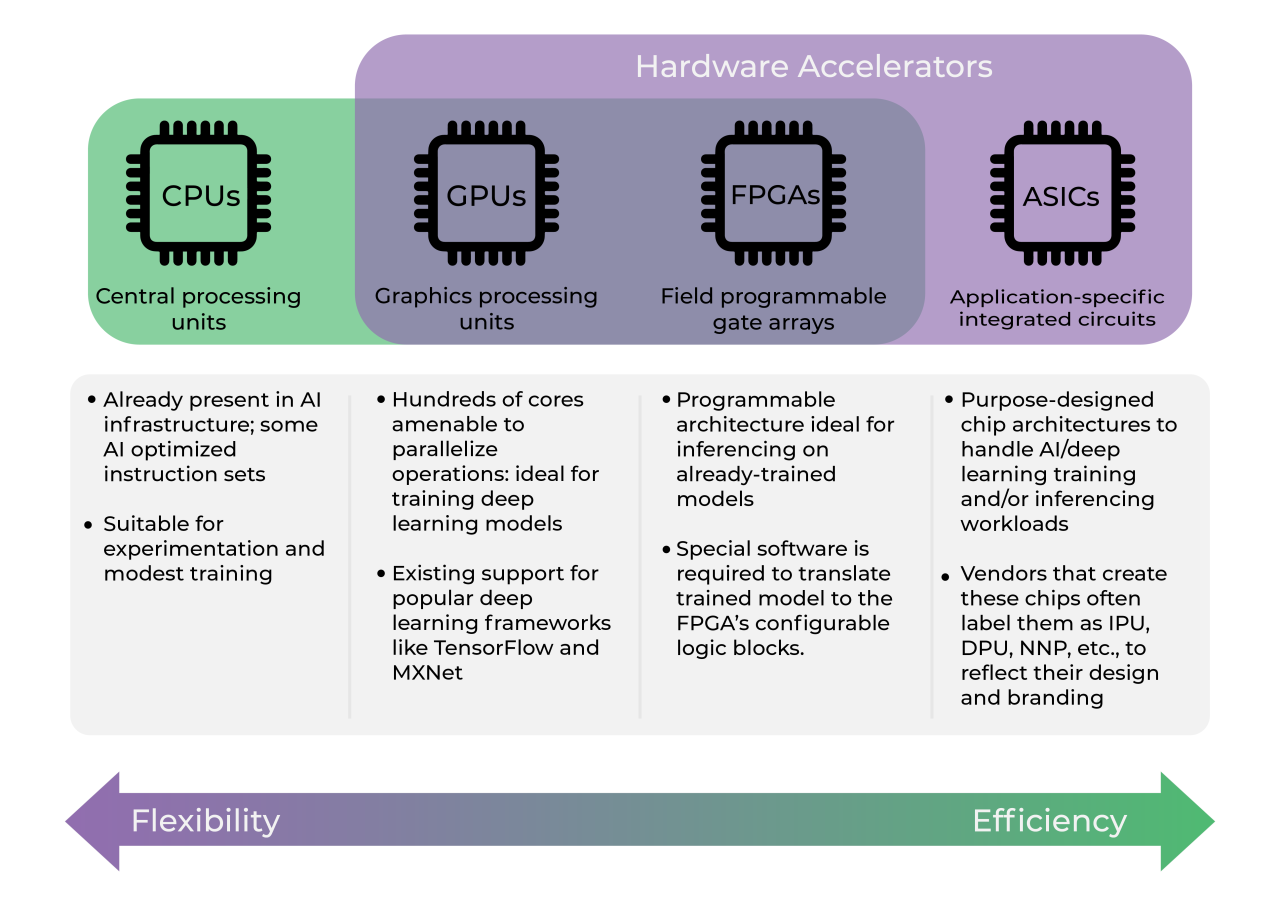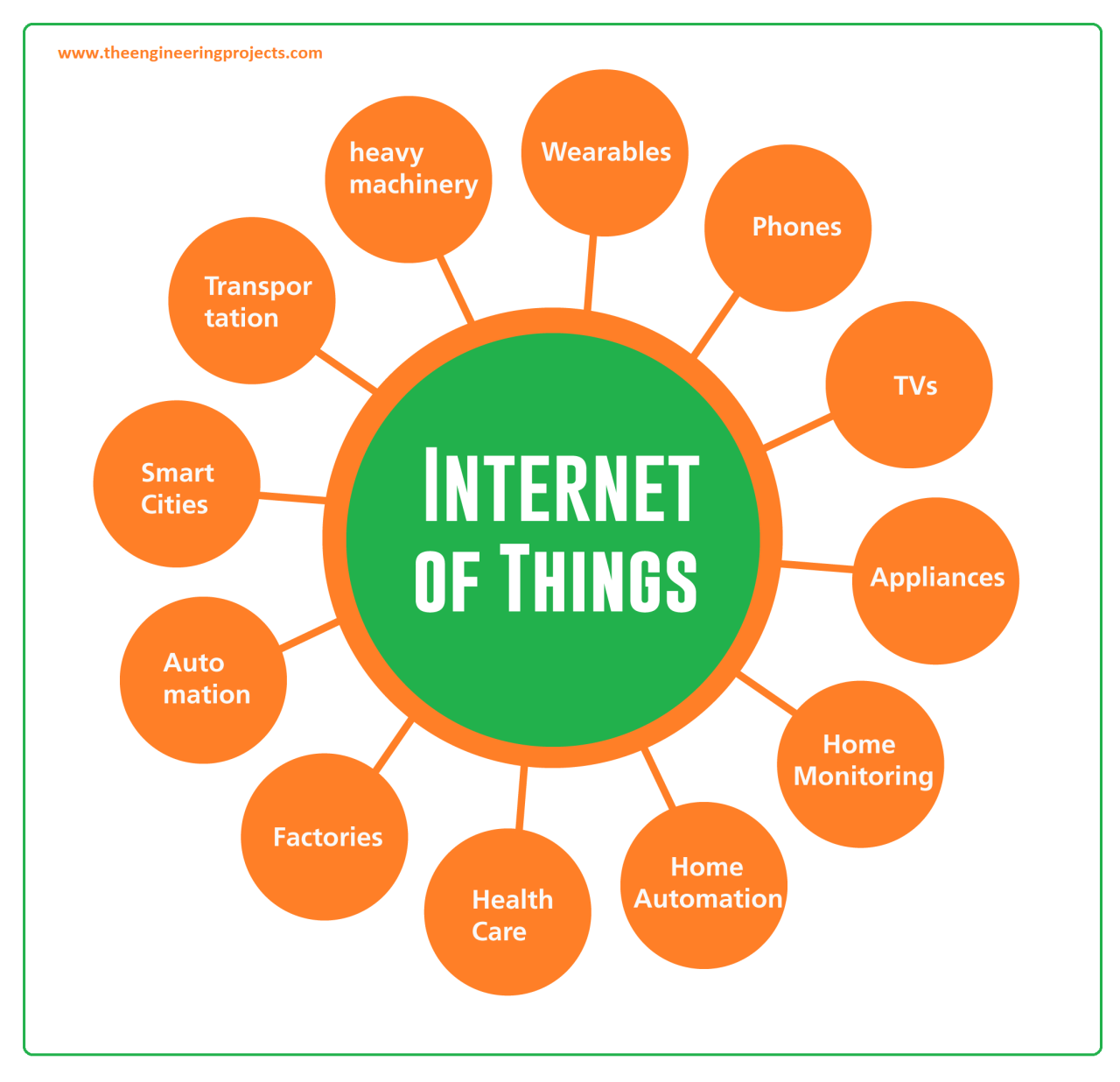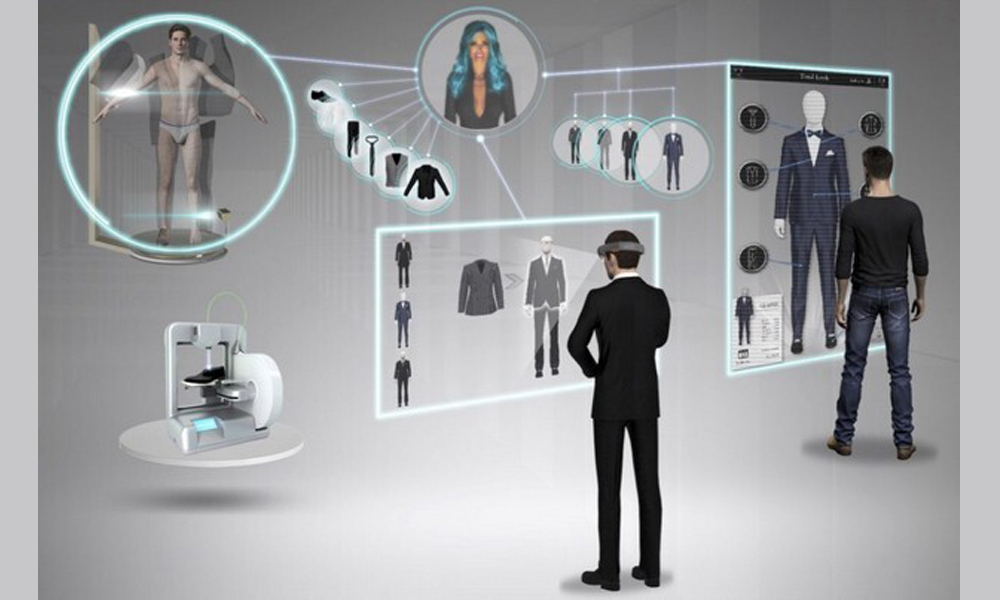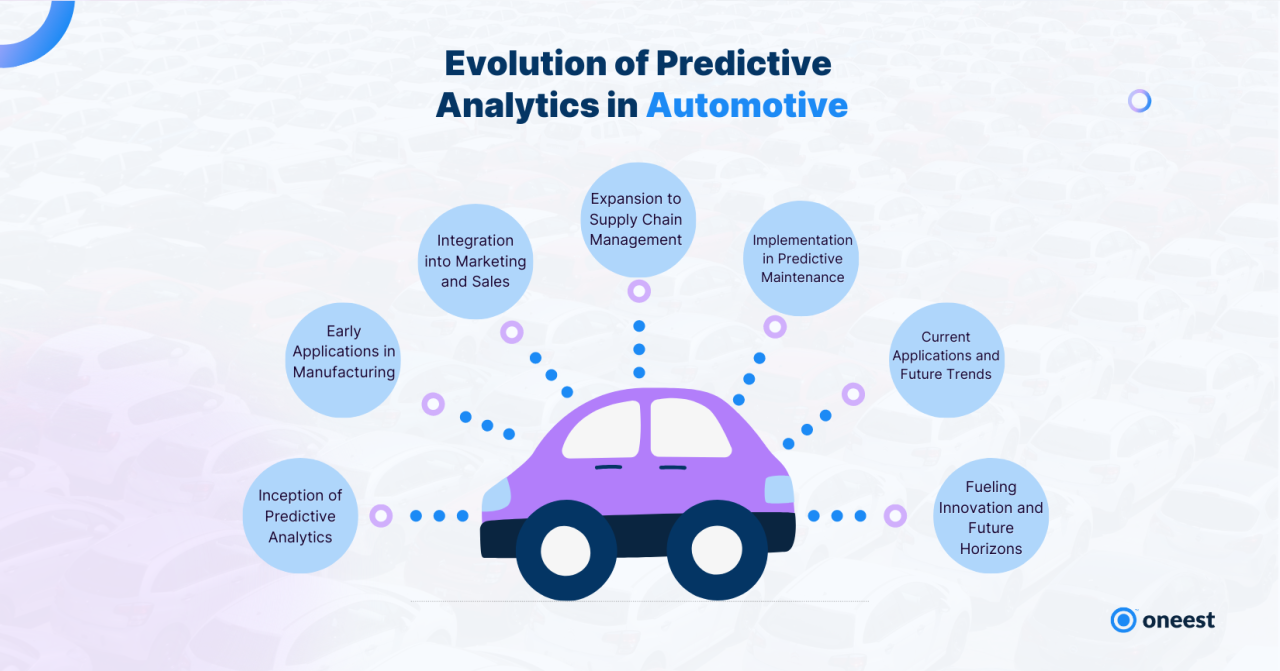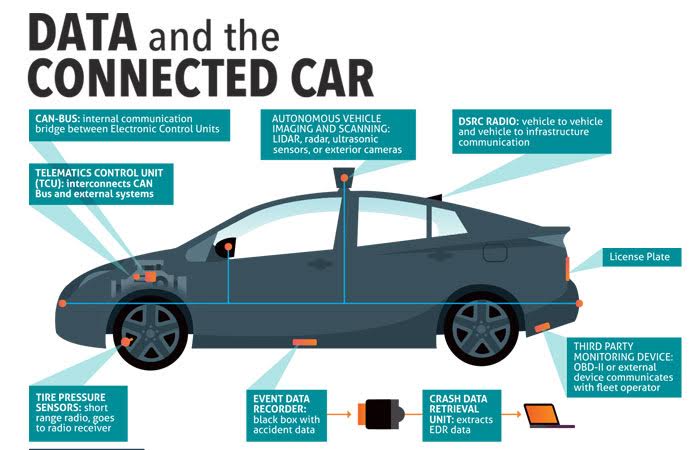Artificial Intelligence in Education: Shaping the Future of Learning
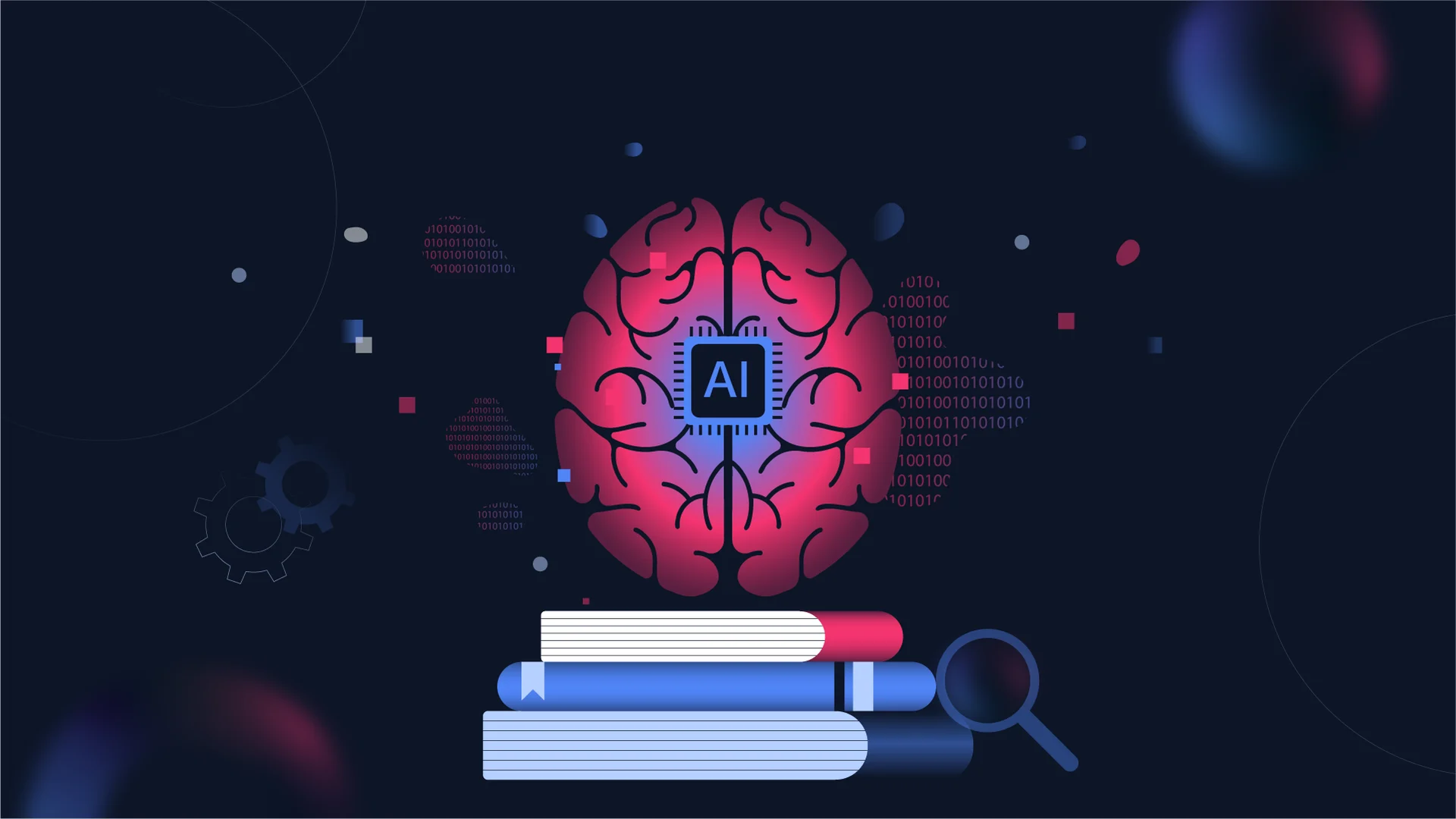
In recent years, Artificial Intelligence (AI) has made a significant impact across various industries, and education is no exception. The integration of AI in education promises to revolutionize how we teach and learn, offering personalized experiences, enhanced learning tools, and more efficient administrative processes. This article will explore the benefits, challenges, and future prospects of AI in the education sector, shedding light on how this technology is reshaping the future of learning.
1. What is AI in Education?
AI in education refers to the use of artificial intelligence technologies to improve the learning experience. This includes machine learning algorithms, natural language processing, data analytics, and other AI tools designed to personalize learning, automate tasks, and provide real-time feedback.

Some common examples of AI in education include:
- Personalized Learning Platforms: AI-driven systems that tailor learning content based on a student’s pace and learning style.
- Virtual Tutors: AI-powered tutoring systems that offer instant help to students, answer questions, and provide explanations.
- Automated Grading: AI systems that can grade assignments and tests, saving teachers time and providing instant feedback to students.
2. Benefits of AI in Education
AI brings numerous advantages to the education system, benefiting both students and educators alike:
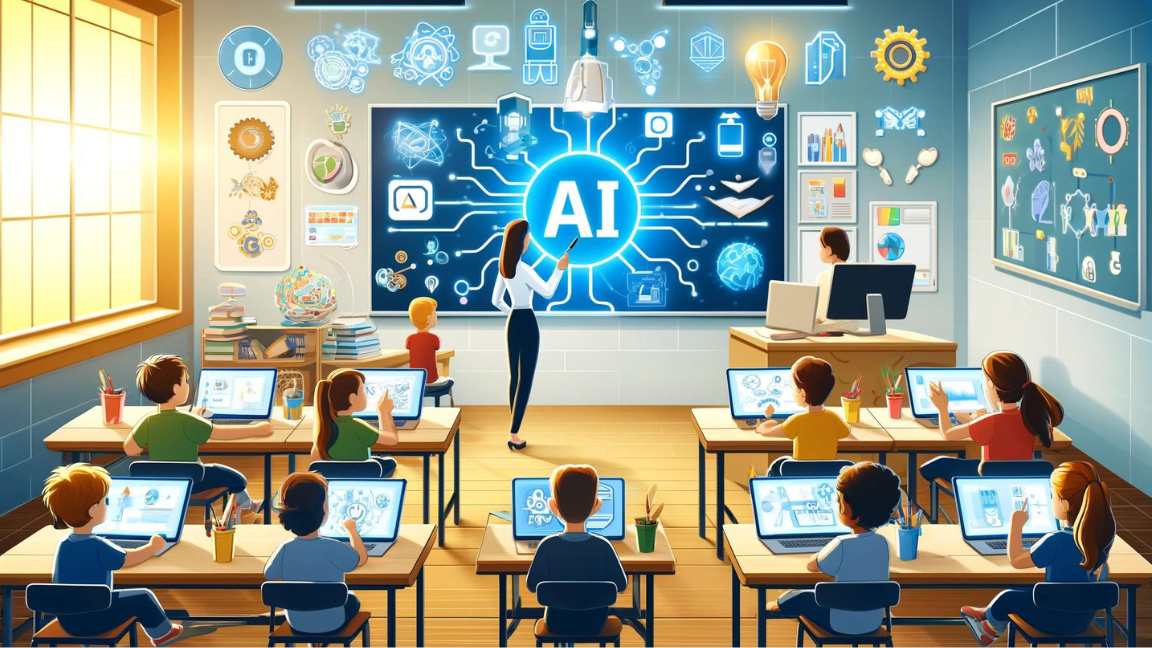
a. Personalized Learning
AI can adapt to the unique needs of each student, providing personalized learning experiences. This allows students to learn at their own pace, receive content tailored to their learning style, and engage with material that is most relevant to them. Platforms like Knewton and DreamBox use AI to adjust lesson plans based on a student’s progress and challenges.
b. Improved Access to Education
AI can break down geographical and financial barriers by offering online education solutions. AI-powered platforms provide high-quality education to remote or underserved areas, ensuring that all students have access to learning tools and materials.
c. Enhanced Teacher Support
AI can automate time-consuming administrative tasks such as grading and scheduling, allowing teachers to focus more on teaching. Tools like Gradescope help educators by automatically grading assignments, while Classcraft uses AI to gamify and personalize classroom experiences.
d. Data-Driven Insights
AI-powered analytics can collect and analyze large amounts of data to provide valuable insights about student performance. This enables teachers to identify struggling students early and tailor interventions to help them succeed.
3. AI Applications in Education
AI has found various applications in the education sector, improving both classroom learning and administrative processes:
a. Intelligent Tutoring Systems
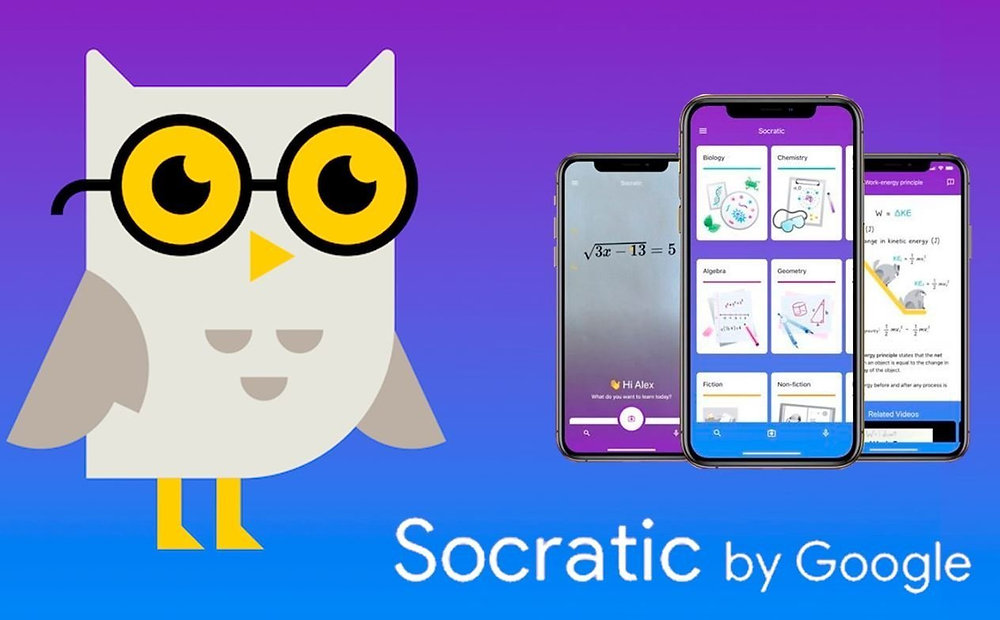
AI-driven tutoring systems such as Socratic (by Google) or Duolingo offer personalized lessons and feedback to students. These systems can provide real-time assistance, answer questions, and adapt to each learner’s needs, providing an interactive and engaging experience.
b. Natural Language Processing for Grading and Feedback
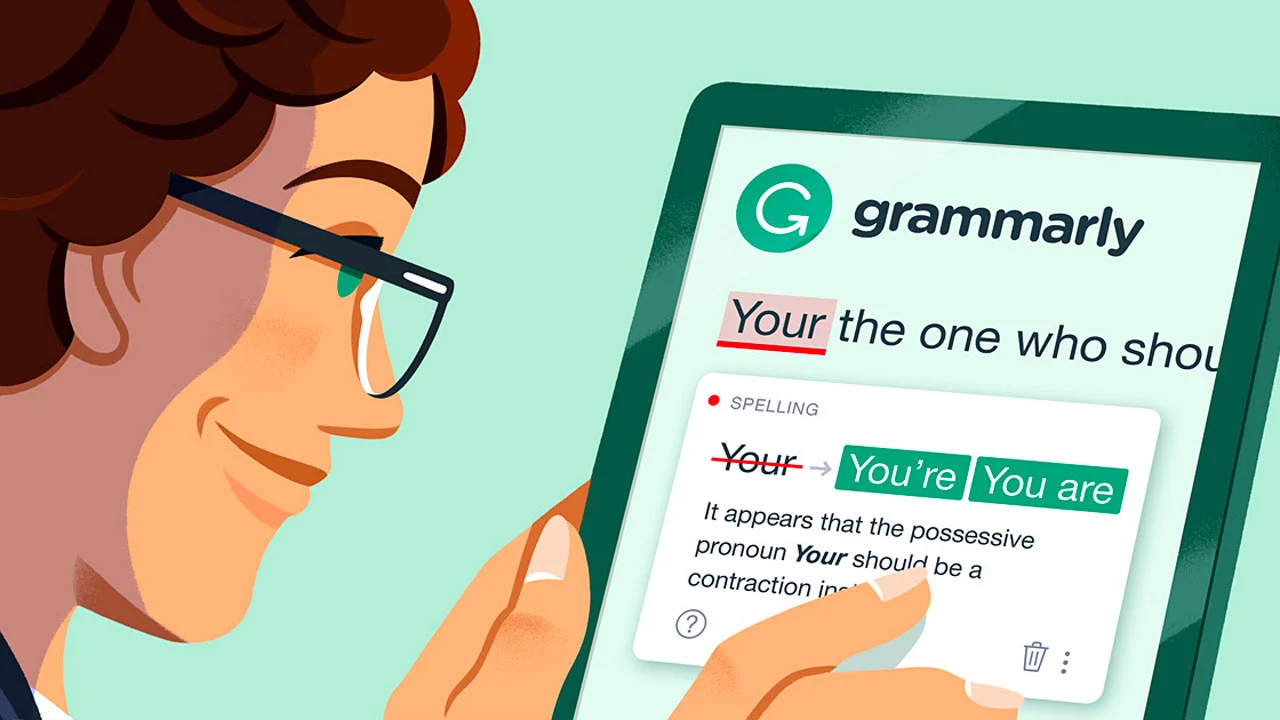
Natural Language Processing (NLP) enables AI to understand, analyze, and grade written responses, offering instant feedback on grammar, coherence, and content. Systems like Turnitin and Grammarly are examples of NLP tools that help students improve their writing skills.
c. AI-Powered Learning Management Systems (LMS)
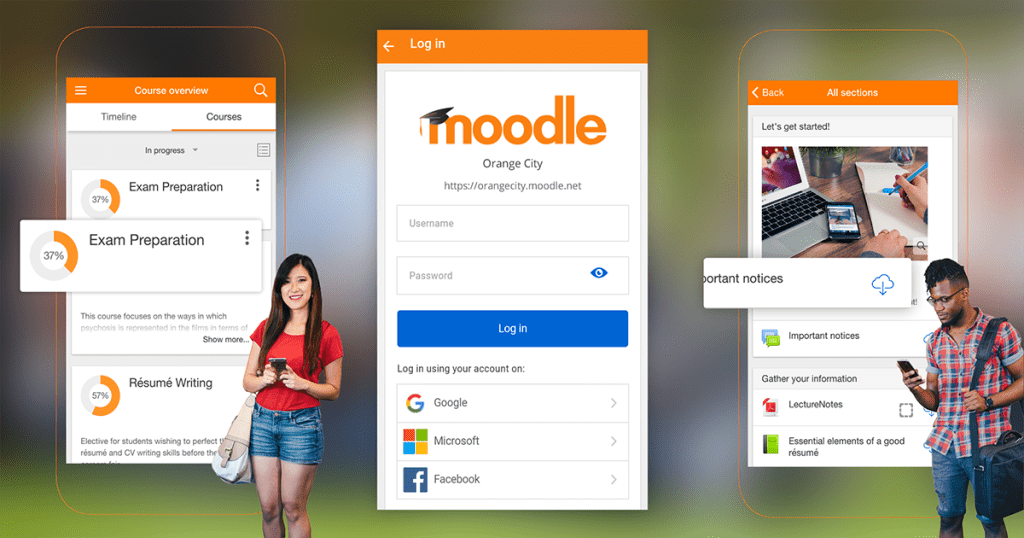
Learning Management Systems (LMS) like Moodle and Canvas integrate AI to personalize the student experience, automate administrative tasks, and provide real-time feedback. These systems help track student progress and optimize the learning process.
d. AI in Classroom Management
AI-based tools can help manage classroom dynamics, ensuring that students stay engaged and that teachers can efficiently track attendance, behavior, and performance. Classroom Intelligence and ClassDojo are examples of AI platforms used for monitoring student behavior and engagement.
4. Challenges of AI in Education
While AI brings many benefits to the education sector, its integration is not without challenges:
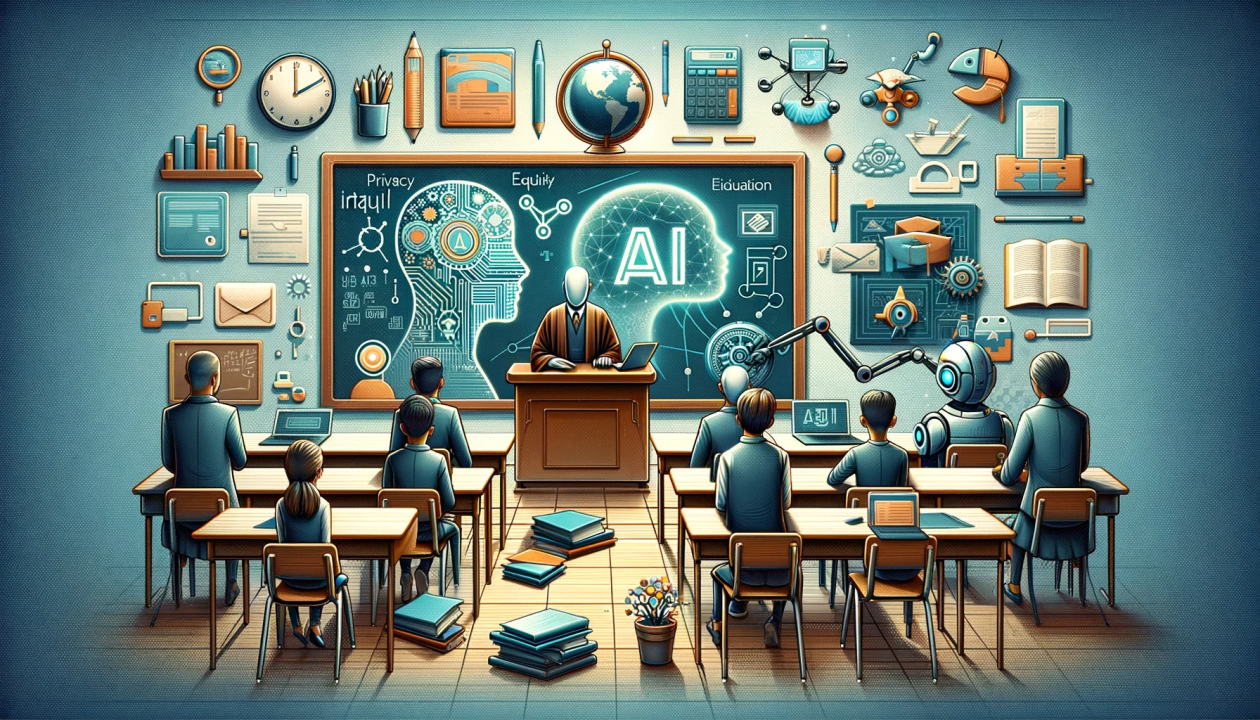
a. Data Privacy and Security
The use of AI in education requires access to large amounts of student data. Ensuring that this data is protected and used responsibly is a major concern. Educational institutions must ensure that AI tools comply with data privacy regulations such as GDPR and FERPA.
b. Equity and Accessibility
Although AI has the potential to democratize education, there are still concerns about equity. Not all students have access to the technology required to use AI-driven educational tools, particularly in underserved or rural areas. Bridging this digital divide is crucial for ensuring that AI benefits all students equally.
c. Teacher Training
To effectively integrate AI into classrooms, teachers need to be trained to use these technologies. Professional development programs are necessary to help educators understand how AI can enhance their teaching and improve student outcomes.
d. Bias and Ethical Concerns
AI systems can inadvertently perpetuate biases if not properly trained or monitored. It’s essential that AI tools in education are designed with fairness and ethics in mind to ensure that they do not disadvantage any group of students.
5. The Future of AI in Education
The future of AI in education is incredibly promising. As technology continues to evolve, we can expect more intelligent and adaptive learning systems. Here are some potential developments to look forward to:
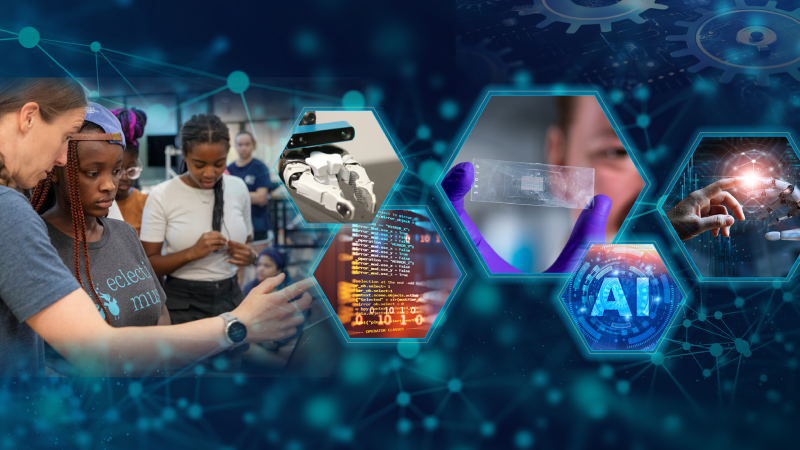
a. AI-Powered Virtual Classrooms
With advancements in AI and virtual reality (VR), we may see more immersive, AI-powered virtual classrooms. These virtual environments could provide students with interactive learning experiences that are tailored to their specific needs.
b. AI-Driven Career Pathways
Artificial Intelligence can help students navigate their educational journey by suggesting career paths based on their strengths, interests, and performance. Tools like LinkedIn and CareerBuilder are already exploring AI-driven career guidance systems.
c. Lifelong Learning with AI
AI will also play a role in lifelong learning, offering personalized learning pathways for adults who want to continue their education throughout their careers. This could include everything from skill development to advanced degree programs.
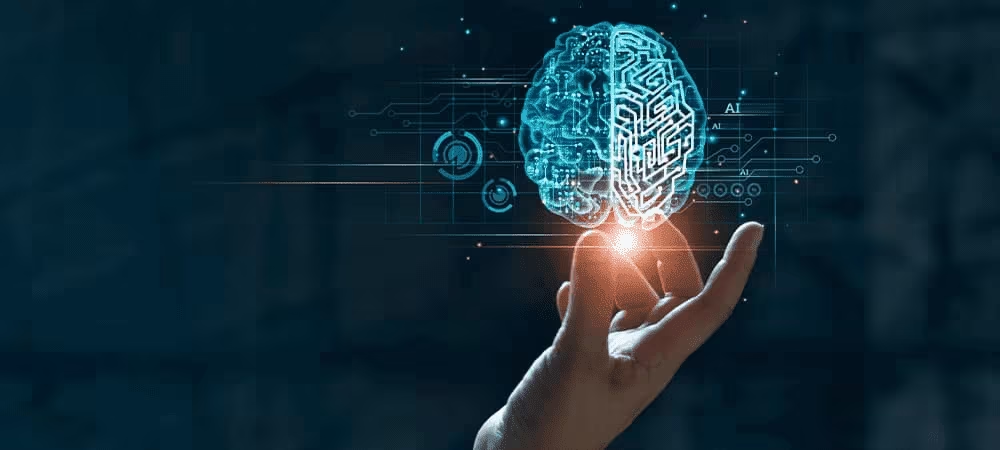
Artificial Intelligence is transforming education in ways that were once unimaginable. By enhancing learning experiences, improving access, and supporting teachers, AI has the potential to revolutionize education and make learning more personalized, efficient, and accessible for everyone. As we continue to innovate and integrate AI technologies, the future of education looks incredibly bright.
For educators, students, and policymakers, understanding the potential of AI in education is essential for embracing this exciting shift in the learning landscape.
